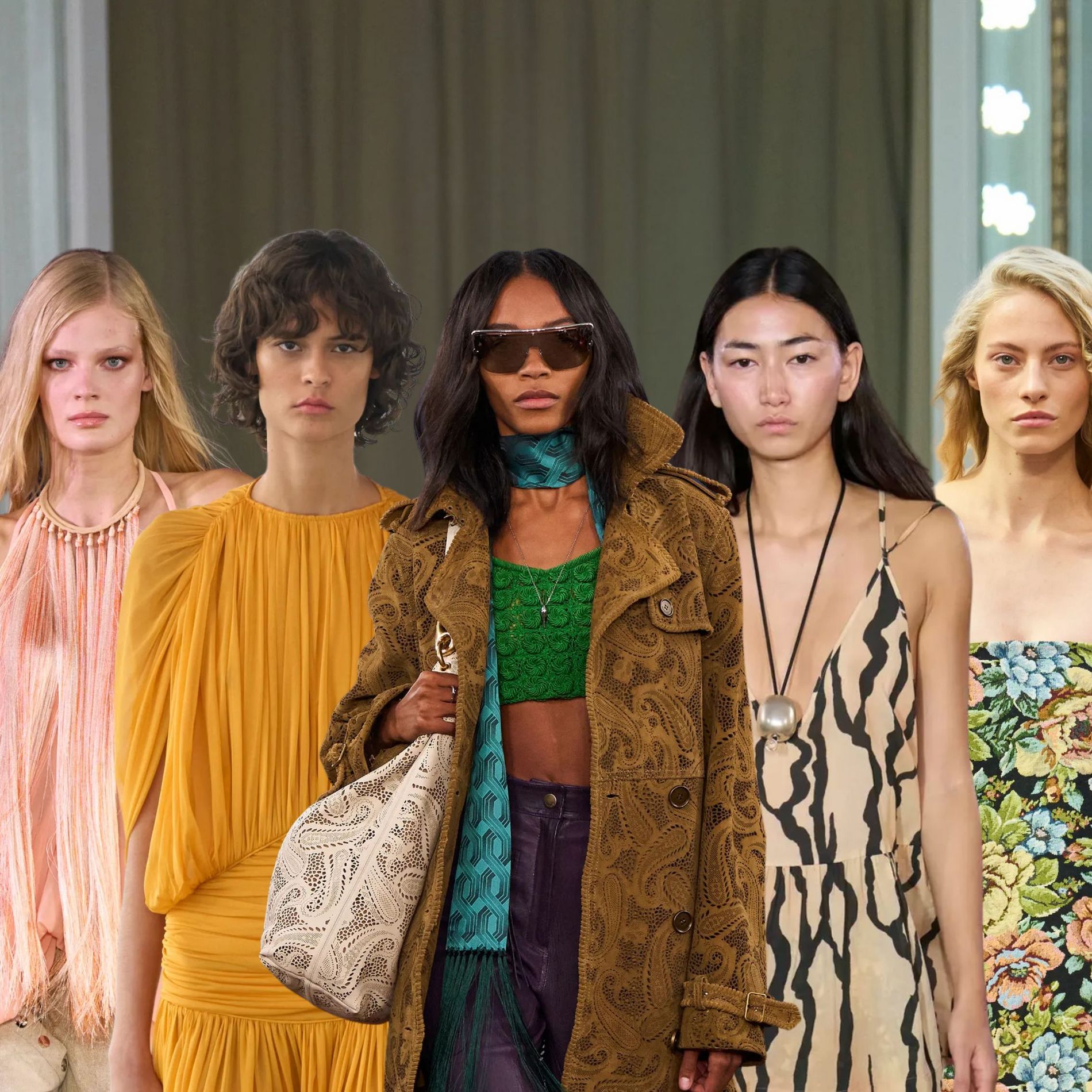Simone Rocha’s trailing ribbons, Chopova Lowena’s carabiner comeback, and Charli XCX front-row energy define Britain’s boldest season yet
London Fashion Week Spring/Summer 2026 has stormed in from September 18-22 under new BFC CEO Laura Weir’s vision of “glitter and rebellion,” delivering a hybrid spectacle of physical runways, digital drops, and boundary-pushing creativity that only Britain can muster. With Chopova Lowena returning after hiatus armed with dinner-plate carabiners and KNWLS debuting razor-sharp leather, the expanded NEWGEN program supported 16 talents showcasing fully circular collections—proving London’s reputation for nurturing raw innovation remains unmatched.
Simone Rocha opened the frenzy with bows so outrageously oversized they trailed three meters behind models like satin wedding trains gone rogue—knotted at necks, waists, ankles in blood-red and brat-green. David Koma reloaded power shoulders in lime-green patent that screamed hyper-feminine dominance; Vivienne Westwood redux sent tartan bombers shredded to threads for punk heritage with a twist. Peplums curved aggressively at emerging labels; witchy capes billowed over micro-minis; apron overdresses transformed factory-girl uniforms into club-kid armor.
The palette demanded attention: Electric Fuchsia knits deliberately clashed with Future Dusk velvet under strobing lights; Blue Aura satins shimmered like digital glitches. Textures fought for dominance—faux fur cropped into pastel clouds at standalone presentations, shredded tulle maxis layered over combat boots for that effortless edge. Accessories went maximum throttle: holographic organza mega-scrunchies, tassel charms swinging wildly from belt loops, LED-glowing 3D-printed flip-flops that lit up the front row.
Street style mashed eras without mercy: punk tartan layered over Seoul cargo pants, gender-fluid mesh tops tucked into pleated kilts echoing school-uniform rebellion. Charli XCX sat front row in lime-green vinyl, instantly spawning the “brat suit” trend across TikTok—oversized blazers with micro-shorts and platform boots. African wax prints peeked rebelliously from under Scandi-inspired lace; Tokyo gorpcore vests topped Victorian blouses for that signature London eclecticism.
Sustainability roared louder than ever: E.L.V. Denim presented circular jeans rebuilt from vintage pairs, Stella McCartney alumni shows featured mycelium leather handbags grown in labs, and repair cafés inside Somerset House offered free lifetime alterations. Panels live-streamed on TikTok tackled greenwashing with real-time carbon audits, drawing millions of Gen Z viewers.
Economic surge hit £280 million in orders, with 25% from Gen Z buyers snapping digital exclusives. Celebrity amplification was electric—Rihanna vibes at private parties, Timothée Chalamet echoes from menswear lingering. Emerging voices like MFPEN’s utilitarian jumpsuits and Berner Kühl’s deconstructed tailoring earned instant buyer frenzy.
This LFW wasn’t polite British restraint—it was full-throttle provocation rewriting rules. As Weir vowed backstage: “This city dresses the world’s dreamers—and nightmares.” Giant bows? Non-negotiable. Brat-green power? Infectious. London spring arrives untamed.


